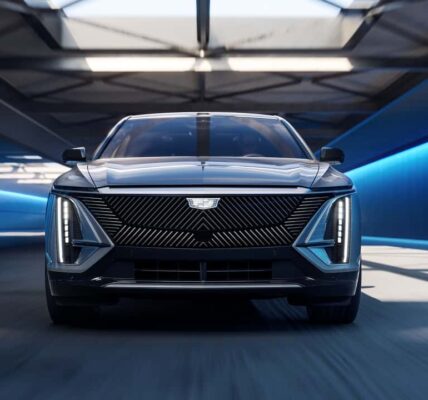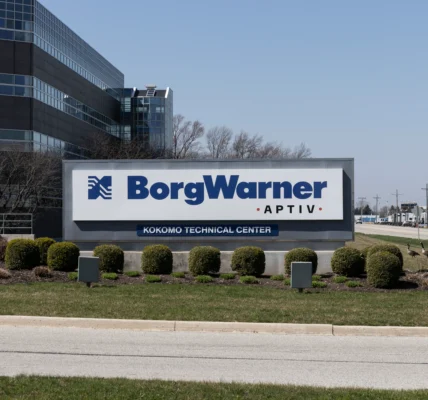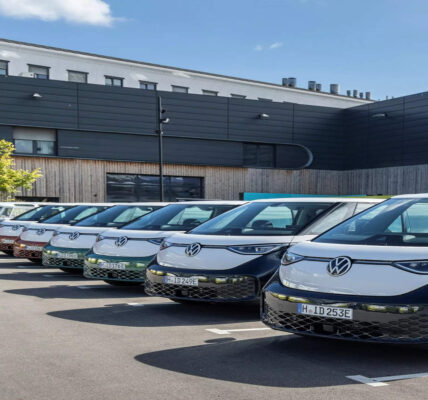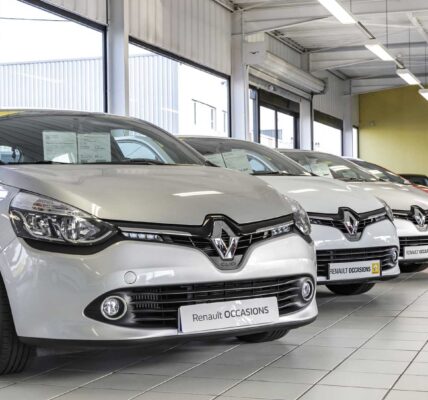Europe Electric Vehicle Battery Market Surges as Automotive Industry Shifts Towards Electrification
A recent study commissioned by European Aluminium and conducted by Ducker Carlisle has found that the average amount of aluminium used in European cars has increased by 18% from 174 kg in 2019 to 205 kg in 2022. The study predicts this trend is set to continue, with the average aluminium content projected to increase from 205 kg in 2022 to 237 kg by 2026 (+15.6%) and 256 kg per vehicle by 2030 (+24.9%).
According to the study, the trend towards lightweighting and electrification in the automotive industry is driving a significant increase in aluminium content. Electric vehicles, in particular, are contributing to this growth, with a battery electric vehicle (BEV) produced in Europe in 2022 containing 283 kg of aluminium on average compared to just 169 kg in a petrol or diesel ICE-only car. The average aluminium content in an electric vehicle is expected to increase further by 9.5%, to 310 kg, between 2022 and 2026. This tremendous growth in aluminium usage in BEVs is mainly attributed to its use in e-drive housing, battery pack housings, ballistic battery protection, and cooling plates. Additionally, aluminium plays a crucial role in electromobility infrastructure, including power cables and charging stations.
The unique recyclability of aluminium also safeguards that the material put in cars today will be ready to be used again and again after the car has reached its end of life. “Our latest assessment reinforces the crucial role of aluminium for lightweighting,” says Hélène Wagnies, Principal at Ducker Carlisle. “With the acceleration of powertrain electrification – which turns out to further speed up with every new update of vehicle production forecasts – the requirement for lightweighting to offset battery weight has been increasing significantly and, with it, the aluminium content in cars. Beyond EV-specific components, the implementation of large and mega castings in the body structure of the car will also strongly contribute to a higher aluminium intensity.
With the EU’s ambitious target of a 55% reduction in CO2 emissions for cars by 2030, aluminium will continue to be critical in the material mix for car makers to be able to achieve their sustainability goals, and will grow in all product forms – extrusions, sheet, castings as well as forgings.
” In response to the growing demand, Florian Stadler, Managing Director of AMAG rolling and Chair of European Aluminium’s Automotive & Transport Board, underscores the urgent need for EU policymakers to provide adequate support measures to the European aluminium industry, which is currently facing increasing production losses, especially with regard to primary production due to the ongoing energy crisis and an unlevel global playing field.








